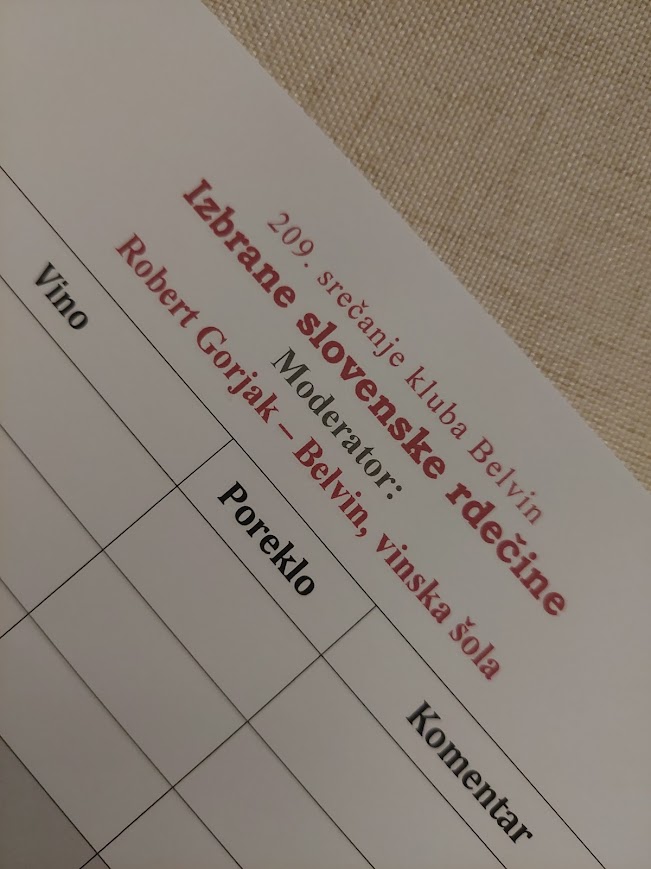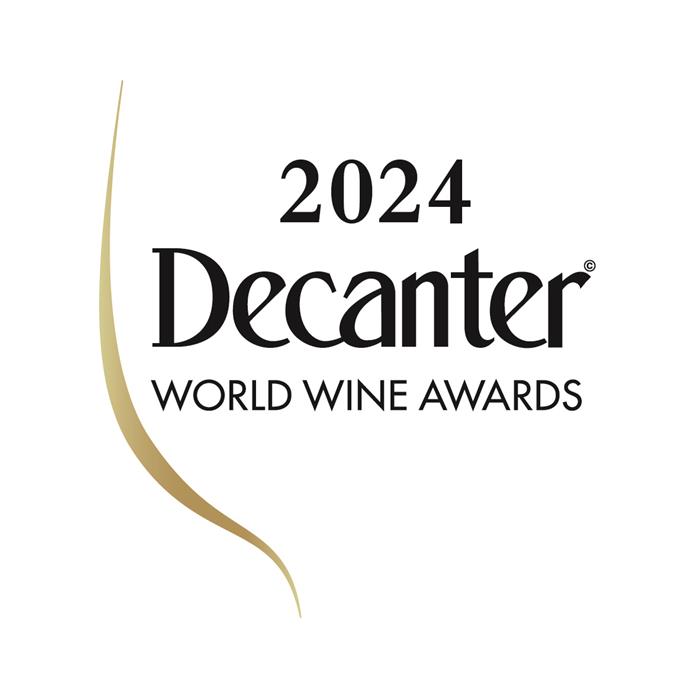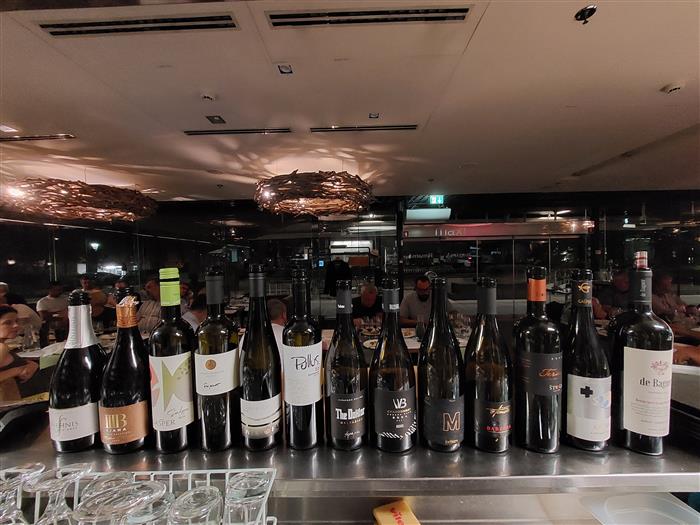Slovenian white blends are among the most intriguing wines in the country. They very often stay at the very top of the winemaker’s pyramid and winemakers usually charge the premium for them, especially in Primorska region. Traditionally blends were, and many still are, entry level wines. It was varietal wines where wineries were seeking its tops. On the continent in Podravje and Posavje regions this is still the case. However, some exciting blends are created here too, using both local (Furmint, Welschriesling) and international grapes such as Sauvignon Blanc, Chardonnay, Pinot Gris, Riesling. Touch of Traminer or Muscat might be used as well.
In Brda white blends are mostly made of Chardonnay and Rebula often adding the third variety as a spice. In Vipava Valley options are countless. Some use local grapes only, Rebula, Malvazija Istarska, Pinela, Zelen, but Chardonnay and Sauvignon Blanc are sometimes in the blend too.
Last week on the occasion of our regular monthly Belvin sessions we have tasted 14 white blends coming from four different Slovenian wine districts. We tasted them in pairs, one pair at the time, seven pairs in total. Somehow similar wines, by region, blend composition, style (macerated) etc, formed a pair. Pairs were then tasted in random order. Participants knew all the 14 wines, but they didn’t know which two wines are in front of them right now. Just me knowing what is in the glasses I can admit it was a damn hard job to recognise what is where. It would require a highly skilled professional to uncover them, especially because all of them show a high-quality level.
Wines in front of us were:
- Stranice 2018, Burja, Vipava Valley
- Lapor belo 2019, Krapež, Vipava Valley
- Retro 2019, Guerila, Vipava Valley
- 34 White Cuvée 2016, Puklavec Family Wines, Štajerska Slovenija
- Carolina White 2018, Jakončič, Brda
- Stara Brajda 2018, Ščurek, Brda
- de Baguer 2016, klet Brda, Brda
- Mulit 2020, Mulit, Brda
- Romantic white 2019, Marc, Vipava Valley
- Belo 140, 2018, Šuklje, Bela krajina
- Veliko belo 2015, Movia, Brda
- Triton lex 2019, Edi Simčič, Brda
- Nostra 2018, Tilia, Vipava Valley
- White Star of Styria 2019, Vino Kupljen, Štajerska Slovenija
I know there are many more excellent white blends out there like Zaria and Angel from Batič, Teodor White from Marjan Simčič, Planta from Štokelj to name just a few…, but we had to make a cut somewhere.
We first tasted Veliko Belo 2015 and Triton Lex. Veliko belo (great white, 70 % Rebula, 20% Pinot Gris, 10 % Sauvignon Blanc.), an all-time favourite, the wine that probably shaped this category in its early days, showed maturity and distinct character. Opulent, no reserves here. Triton Lex (Chardonnay, Sauvignon Blanc, Rebula) was polished, everything seemed to be at its place and with its purpose. Cristal-clear like looking a movie in 4K resolution. We continued in Brda. In the next pair Elegant Carolina 2018 (Chardonnay 60%, Rebula 35%, Sauvignon Blanc 5%) had and advantage over the good old time favourite Stara brajda 2018, Ščurek (Rebula, Sauvignonasse, Pikolit, Glera, Pika, Malvazija Istarska). Third pair show the contrast. Biodynamic Retro 2019 produced from 4 days skin macerated local grapes Pinela, Rebula, Zelen Malvazija Istarska showed how a great macerated white should be made. 34 White Cuvée 2016, Puklavec Family Wines (Chardonnay, Riesling, Furmint, Sauvignon Blanc, Pinot Gris) demonstrated an excellent cool climate aromatic white blend style that will age well. Fourth pair joined two aromatic wines. Romantic white 2019, Marc (Malvazija Istarska 60 %, Sauvignon Blanc 20 %, Pinela 10 %, Zelen 10%) was one of the most perfumed on the tasting. Bit low in acidity but still received lots of praise from the public. Marc winery from Vipava Valley is really going from strength to strength. Premium white blends are a rather new story in Bela Krajina. Belo 140 2018, Šuklje a blend of two aromatic varieties (Riesling and Kerner) showed intensity and tension on the palate. Fifth pair showed two unfiltered, macerated whites, where none was afraid to show some phenolic touch. Stranice 2018, Burja (biodynamic from 2020) a field blend made of 10-12 days macerated Malvazija Istarska 50 %, Welschriesling 30 % and Rebula 20 % beautifully showed the concept of a terroir. Surely one of the best in the tasting. And the most expensive as well! Neighbouring Lapor Belo 2019, Krapež (Malvazija Istarska 50 %, Welschriesling 30 %, Rebula 20 %) showed another great example of how a macerated white needs to be made. Costing 13,50 € it was one of the least priced ones on the tasting. I am convinced that white wines produced with prolonged skin maceration should gain in the aroma profile, becoming more complex. In too many cases the results are just increased phenolic compounds and aroma profile that is predictable. These can make some very boring wines looking and tasting very much alike. High acidity levels decorated the sixed pair. Polished Nostra 2018, Tilia (Chardonnay 40 %, Pinot Gris 40 %, Sauvignon Blanc 20 %) is getting better with each edition. Made of international grapes only – a concept rarely seen in Vipava Valley. White Star of Styria 2019, Vino Kupljen (Chardonnay, Riesling, Pinot Gris) showed great purity and complexity. Seventh pair showed two wines from Brda. De Baguer 2016, Klet Brda (Chardonnay, Sauvignon Blanc) is atypical Brda blend for two reasons. There is no Rebula in it and its idea is toward the elegance instead of power. At Belvin we were first to publicly taste Mulit 2020, Mulit (54% Chardonnay, 21% Viognier, 17% Rebula, 8 % Sauvignon Blanc, <1% Pika). The wine with a high percentage of very aromatic viognier will be released in April 2022.
It was the evening where identifying the wines was a daunting task and finding your favourites wines was not easy either. The voting, each participant could vote for as many wines as she or he liked, revealed the favourites of the evening. Triton Lex 2019, Edi Simčič got the most votes, while White Star of Styria 2018, Vino Kupljen and Carolina Bela 2018, Jakončič shared the second and third place respectively. Compliments go to all the wines participating.
In November the plan is to taste the red blends. Can these beat white blends? It will be a hard challenge, that’s for sure.




.jpg)












.jpg)




.png)

.jpg)
.jpg)


